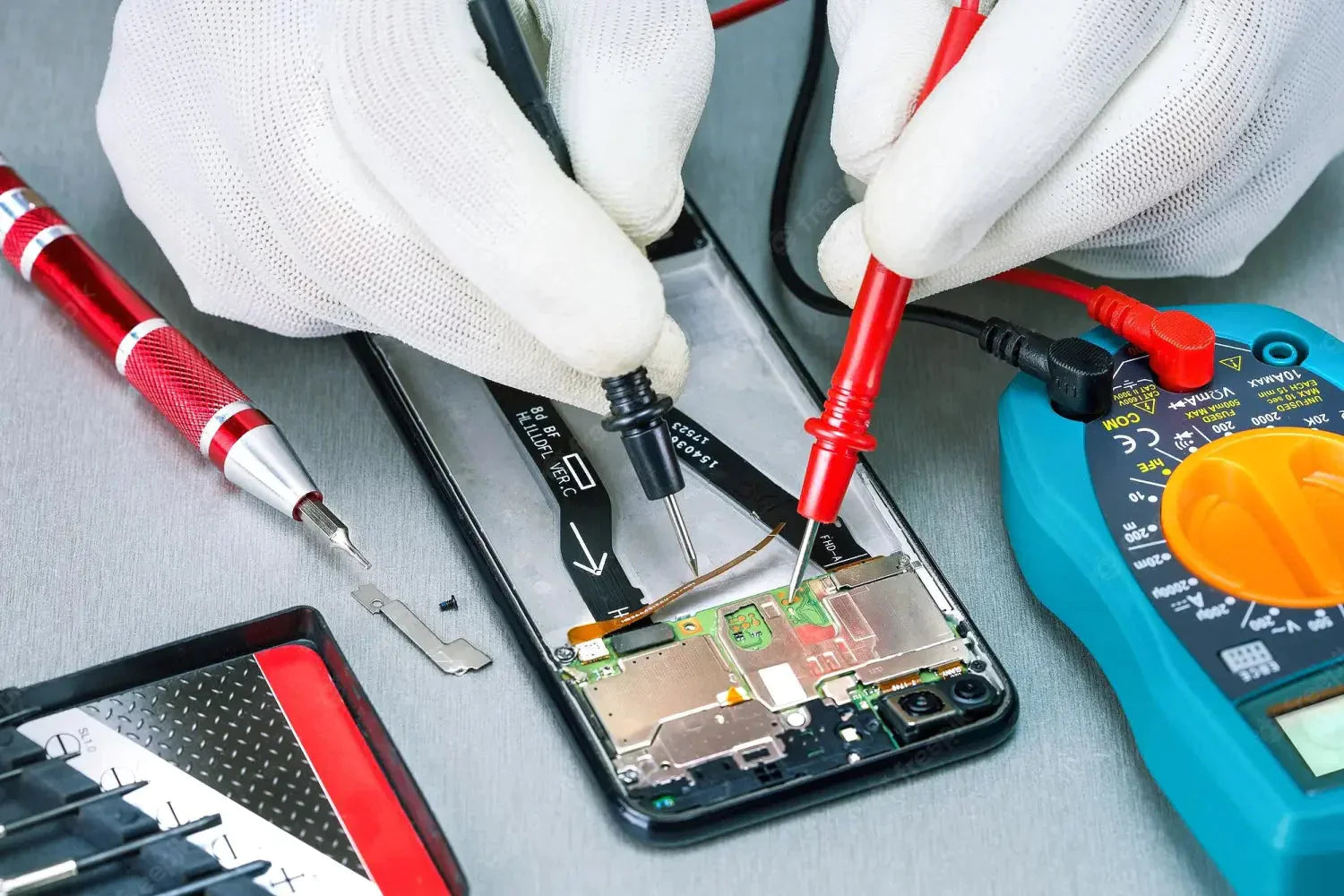Introduction
Welcome to our comprehensive guide on repairing. Repairing is an essential aspect of property maintenance, whether you’re addressing minor wear and tear or major damage. At [Our Company Name], we understand the importance of effective repair techniques to ensure the longevity and performance of your property. In this article, we’ll explore various tips and techniques for repairing common issues encountered in homes and buildings.
Identifying Repair Needs
Inspection and Assessment
Before initiating any repairs, it’s crucial to conduct a thorough inspection and assessment of the area in need of repair. Identify the root cause of the issue and assess the extent of the damage to determine the most appropriate repair method. Look for signs of wear and tear, water damage, structural issues, or malfunctioning components that may require attention.
Prioritizing Repairs
Once you’ve identified the repair needs, prioritize them based on their urgency and impact on the safety and integrity of the property. Address critical repairs that pose immediate risks, such as water leaks, electrical faults, or structural damage, before tackling cosmetic or non-urgent issues. Creating a prioritized repair plan will help you allocate resources effectively and minimize further damage.
Common Repair Techniques
Patching and Sealing
Patching and sealing are effective techniques for addressing minor damage or leaks in various building materials, including walls, floors, ceilings, and roofs. Use quality patching compounds, sealants, or caulks to fill cracks, holes, or gaps and create a seamless surface. Ensure proper surface preparation and application techniques for long-lasting results.
Replacement and Restoration
In cases of irreparable damage or deterioration, replacement and restoration may be necessary to restore the functionality and aesthetics of the affected area. Replace damaged components, such as broken tiles, worn-out flooring, or deteriorated fixtures, with new, high-quality materials that match the existing design and specifications. Additionally, consider restoration techniques, such as sanding, refinishing, or repainting, to revitalize worn or damaged surfaces.
Reinforcement and Strengthening
For structural repairs or reinforcement, employ reinforcement and strengthening techniques to enhance the stability and load-bearing capacity of the building elements. Install additional support beams, braces, or anchors to reinforce weakened or compromised structures, such as walls, foundations, or roof trusses. Consult with a structural engineer or professional contractor to ensure proper design and implementation of reinforcement measures.
DIY vs. Professional Repairs
Know Your Limits
When considering repairs, assess your skills, knowledge, and capabilities to determine whether the project is suitable for DIY (Do-It-Yourself) or requires professional assistance. Simple repairs, such as minor plumbing leaks, paint touch-ups, or furniture repairs, may be suitable for DIY enthusiasts with the necessary tools and experience. However, complex or hazardous repairs, such as electrical work, structural modifications, or major renovations, should be left to trained professionals to ensure safety and compliance with building codes.
Hiring Professional Contractors
For complex or specialized repairs, consider hiring professional contractors with expertise in the specific area of concern. Research reputable contractors with relevant experience, licenses, and insurance coverage to ensure quality workmanship and accountability. Obtain multiple quotes, check references, and review past projects to make an informed decision when selecting a contractor for your repair needs.
Maintenance for Prevention
Proactive Maintenance
To prevent future repair needs and prolong the lifespan of your property, implement proactive maintenance practices on a regular basis. Schedule routine inspections, cleaning, and servicing of essential systems and components, such as HVAC systems, plumbing fixtures, roofing materials, and exterior surfaces. Address minor issues promptly before they escalate into costly repairs, saving time, money, and hassle in the long run.
Seasonal Maintenance Tasks
Adjust your maintenance routine according to seasonal changes and weather conditions to address seasonal wear and tear and prevent weather-related damage. Perform tasks such as gutter cleaning, roof inspections, HVAC maintenance, and exterior sealing before the onset of extreme weather conditions to protect your property from potential damage. Additionally, prepare for seasonal activities, such as winterizing pipes or sealing windows and doors, to improve energy efficiency and comfort throughout the year.
Conclusion
In conclusion, repairing is an essential aspect of property maintenance that requires careful assessment, planning, and execution to ensure optimal results. By identifying repair needs, employing appropriate techniques, prioritizing tasks, and implementing proactive maintenance practices, you can protect your investment and enjoy a safe, functional, and aesthetically pleasing property for years to come.

